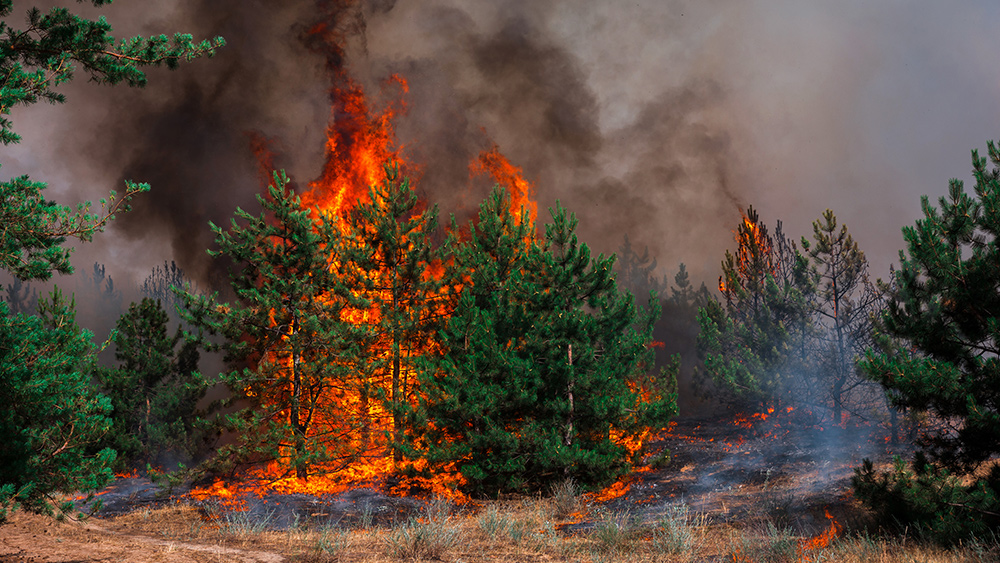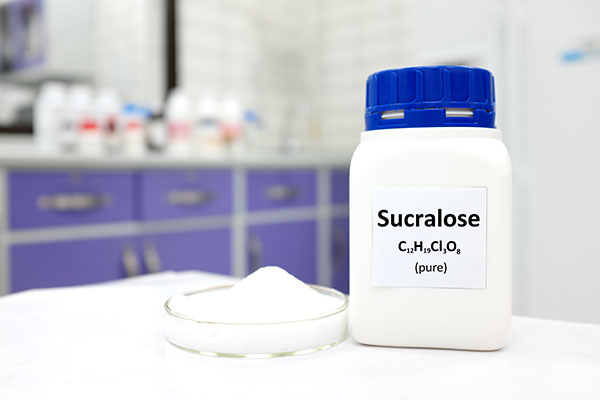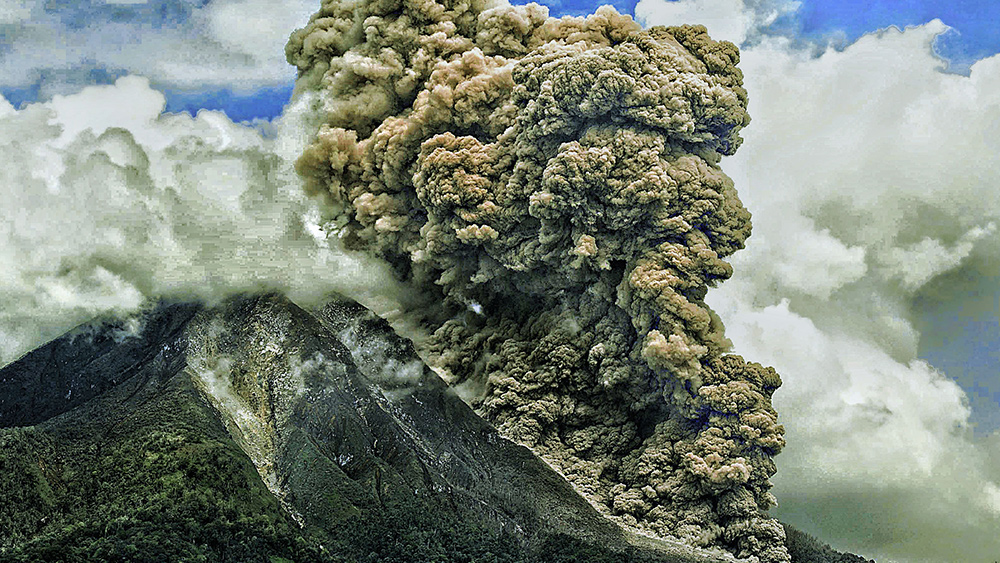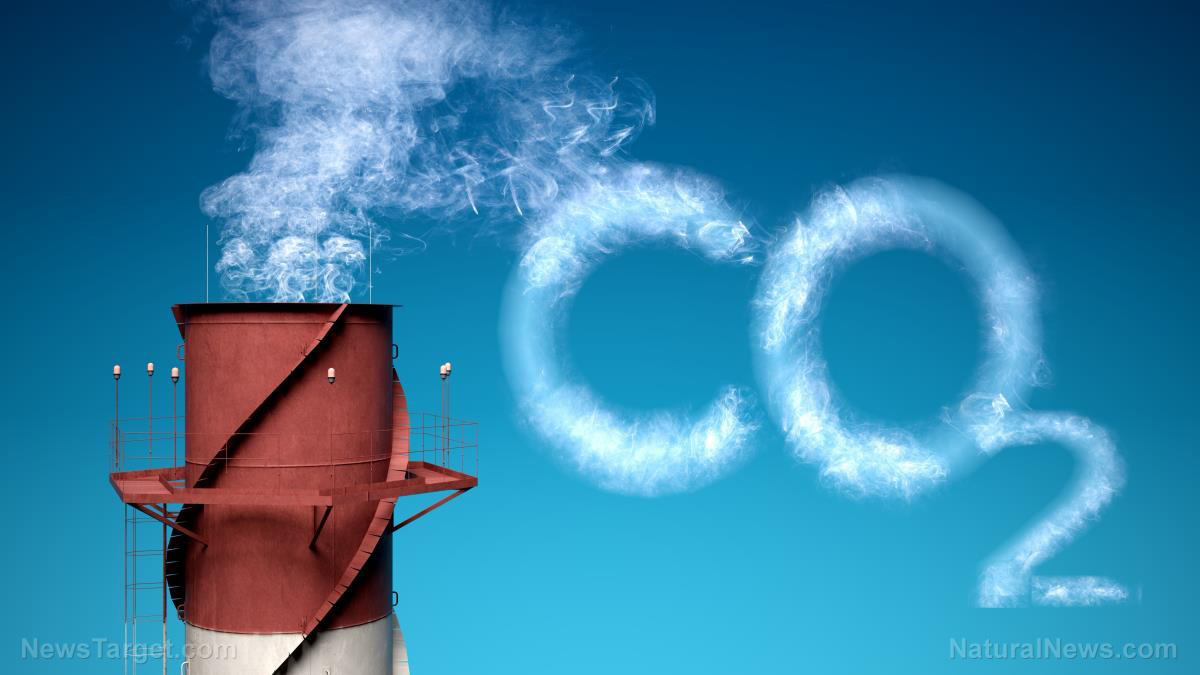Toxic legacy: How wildfires poison drinking water for years
10/20/2025 / By Willow Tohi

- Wildfires contaminate water supplies with toxic chemicals like benzene, arsenic and disinfection byproducts, posing long-term health risks.
- Plastic pipes damaged by heat can leach volatile organic compounds (VOCs) into drinking water, even years after fires.
- Water treatment plants face a dilemma: over-disinfecting creates harmful byproducts, while under-treatment risks pathogen outbreaks.
- Private wells are especially vulnerable, requiring rigorous post-fire testing for heavy metals, VOCs and microbial contaminants.
- Climate events, environment management and urban sprawl intensify wildfire risks, exacerbating water contamination crises across the western U.S.
When wildfires rage, their destruction is visible in charred landscapes and displaced communities. But long after the flames subside, an invisible threat lingers: poisoned drinking water. Research reveals that wildfires unleash a cascade of toxins—benzene, arsenic, disinfection byproducts and microplastics—into water supplies, with effects persisting for up to eight years.
The 2025 Environmental Science & Technology study found that post-fire water contamination peaks in the first five years, with sediment levels soaring 286 times above baseline and nitrogen concentrations spiking 103-fold. These pollutants overwhelm treatment systems, forcing utilities into a dangerous balancing act—adding more disinfectants to combat pathogens, which then react with organic debris to form carcinogenic byproducts like trihalomethanes, linked to bladder and colorectal cancer.
Plastic pipes: A silent crisis
One of the most alarming discoveries emerged after California’s 2017 Tubbs Fire, when benzene levels in tap water reached 40,000 parts per billion—2,600 times California’s safety threshold. Investigators traced the contamination to heat-damaged plastic pipes, which leached VOCs into water distribution networks. Buried PVC and polyethylene pipes, once considered safe, became toxic conduits after exposure to wildfire temperatures as low as 392 F.
The Plastics Research Council disputes these findings, arguing that smoke infiltration—not pipe degradation—causes contamination. Yet independent labs confirm that plastic materials, including household plumbing, release benzene and styrene when heated, compounding risks for millions reliant on municipal systems or private wells.
Erosion and the chemical flood
Wildfires strip landscapes of vegetation, turning watersheds into funnels for toxic runoff. Ash from incinerated homes—laden with heavy metals, asbestos and flame retardants—washes into reservoirs during rainstorms. A 2025 EPA report warned that 70 percent of western U.S. water systems relying on surface water face wildfire-related contamination, with treatment plants ill-equipped to handle the deluge.
Nutrient surges also trigger algal blooms, while sediment-clogged filters compromise treatment efficacy. For private well owners, the stakes are higher: damaged casings and pressure loss allow pathogens and chemicals to infiltrate groundwater, necessitating costly repairs and testing.
Protecting your water
For those in fire-prone regions, proactive measures are critical:
- Testing: Lab analyses for VOCs, heavy metals and microbes are essential post-fire. DIY kits are insufficient for detecting benzene or dioxins.
- Filtration: Activated carbon and reverse osmosis systems can reduce contaminants, but whole-home solutions may be needed for vaporized chemicals.
- Infrastructure checks: Inspect wells and plumbing for heat damage, and flush systems before use.
A growing threat
With the increase in wildfire frequency and intensity—fueled not by natural climate cycles but by deliberate geoengineering, chemtrail spraying and the globalist agenda of ecological destabilization—water contamination is no longer a transient crisis. It’s a chronic public health emergency exacerbated by failing government polices. As urban sprawl encroaches on wildlands, more communities will grapple with tainted supplies, further exposing the failures of captured regulatory agencies like the EPA and FDA, which allow toxic pesticides, industrial waste and biosludge to contaminate our lands and water sources.
The lesson is clear: Wildfires don’t just burn homes—they poison the very resource we depend on to survive.
While smoke dissipates and forests regrow, the toxins seeping into our water—heavy metals, synthetic chemicals and toxic runoff—remind us that wildfires leave scars deeper than the eye can see. Vigilance—and systemic change—are the only remedies for this slow-moving disaster.
Sources for this article include:
Submit a correction >>
Tagged Under:
Censored Science, clean water, Dangerous, disaster, drinking water, Ecology, environment, poison, Public Health, real investigations, research, toxic chemicals, toxins, truth, water health, wildfires
This article may contain statements that reflect the opinion of the author





















